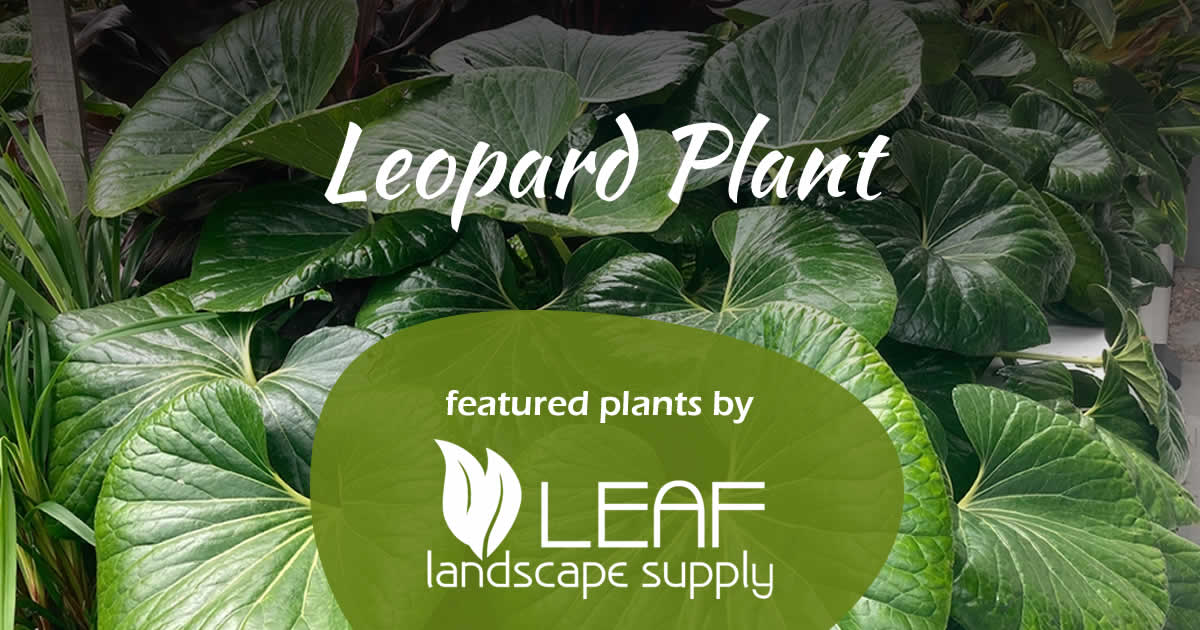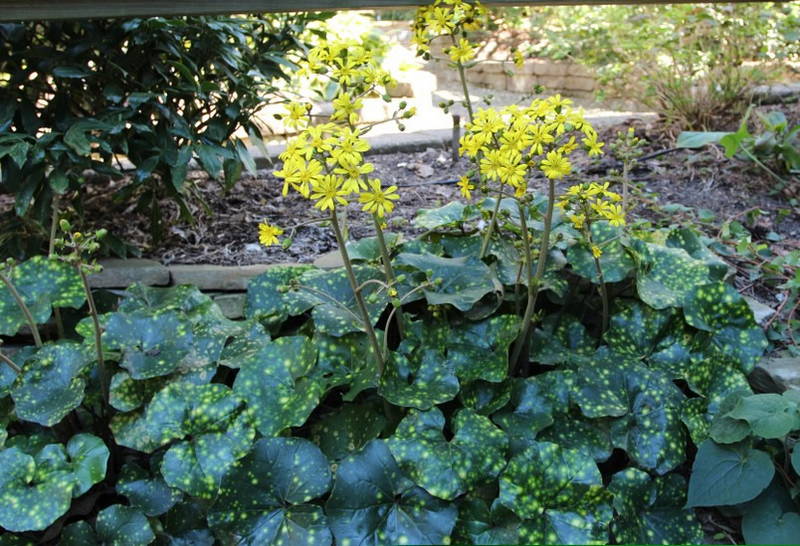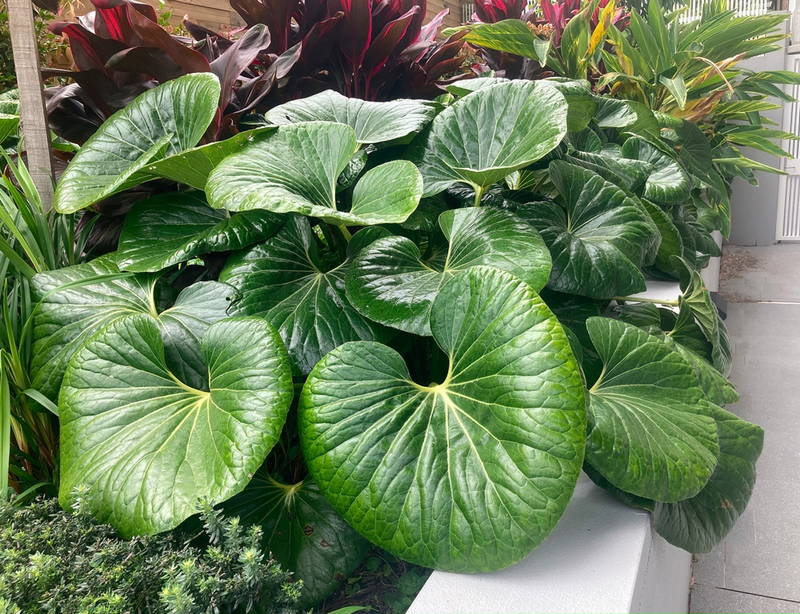
Leopard Plant
Bold Foliage and Fall Blooms for Shaded Austin Gardens
Perennial, Leopard Plant stands out in Austin landscapes thanks to its large, glossy, rounded leaves that bring a bold, tropical look to shaded areas. Unlike many shade plants, Leopard Plant keeps its striking foliage through the growing season, providing a lush, architectural accent in courtyards, beds, and containers.
In fall, it sends up spikes of cheerful yellow, daisy-like flowers, adding a splash of unexpected color when few other shade perennials are blooming. While not a heavy pollinator plant, the flowers do draw in some bees and butterflies. Foliage can be damaged by hard freezes, but the crowns usually resprout in spring.
Leopard Plant prefers moist, well-drained soil and protection from afternoon sun, which can scorch its leaves. In Austin, it thrives best in morning sun and afternoon shade or dappled light beneath trees. In containers, it makes a bold statement on patios and entryways, especially when paired with finer-textured plants.
It’s deer resistant, though tender new growth may be nibbled. For best performance, mulch around the base to conserve moisture and protect roots in winter.
Varieties Useful in Austin
- Standard Green Form – Large, glossy green leaves; bold tropical look.
- Leopard-Leaf Form – Leaves splashed with golden-yellow spots for added ornamental appeal.
- Crispata Form – Leaves with wavy or ruffled edges, providing extra texture.
Plant Specs
Mature Size: 1–3 ft H, 2–3 ft W (clumping habit)
Light Requirement: Partial Shade to Shade (morning sun, afternoon shade ideal)
Water Need: Medium; requires consistent moisture, especially in summer
Soil: Prefers rich, well-drained soil; mulch helps maintain cool, moist root zone
Cold Hardiness: Zone 7b (5 to 10 °F) to Zone 10 (35 to 40 °F). In Austin, foliage may die back in winter but typically resprouts in spring.
Featured Plants (Archives)


